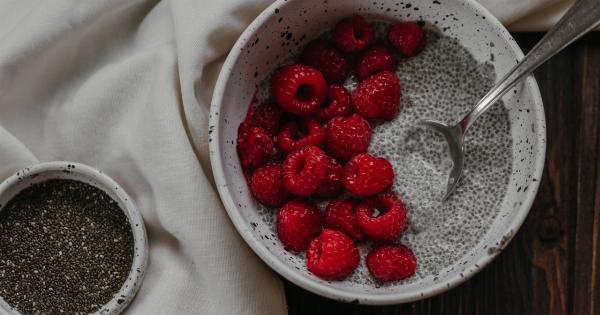Most of us are aware that maintaining a healthy diet is crucial for overall well-being.
Alongside the quality and quantity of food, the timing of our meals plays a significant role in ensuring optimal nutrition absorption and preventing various health issues. In this article, we will delve into the ideal timings for breakfast, lunch, dinner, and snacks, guiding you on how to structure your day for maximum health benefits.
Breakfast: Fuel for the Day
As the old saying goes, “Breakfast is the most important meal of the day.” Starting your day with a nutritious meal provides the necessary energy to kickstart your metabolism, elevate your mood, and enhance cognitive function.
It is recommended to consume breakfast within one to two hours of waking up to replenish the glucose levels that have depleted during sleep. This will provide a steady supply of energy throughout the day and prevent overeating during subsequent meals.
Choose a breakfast that includes a mix of complex carbohydrates, lean protein, and healthy fats. Whole-grain cereal, oatmeal, eggs, yogurt, and fruits are excellent options for a wholesome breakfast.
Mid-Morning Snack: Fueling the Gap
The gap between breakfast and lunch can leave you feeling hungry and reaching for unhealthy snacks. To counter this, it is advisable to have a mid-morning snack to sustain your energy levels and minimize the temptation for unhealthy food choices.
The ideal time for a mid-morning snack is around 10:00 to 11:00 a.m. This light snack should consist of fruits, nuts, or yogurt to keep you satiated until lunchtime.
Lunch: Recharge and Refuel
Lunchtime provides an opportunity to refuel your body and re-energize for the second half of the day. The ideal time for lunch is between 12:00 and 1:00 p.m., which allows for a sufficient gap between breakfast and lunch.
Opt for a well-balanced meal that includes lean protein, high-fiber carbohydrates, and plenty of vegetables.
Grilled chicken or fish, brown rice, quinoa, whole-wheat bread, and a variety of vegetables provide essential nutrients and keep you satisfied for the remainder of the day.
Avoid heavy, greasy meals during lunch as they can lead to post-lunch sluggishness and inhibit productivity.
Afternoon Snack: Beat the Afternoon Slump
As the afternoon progresses, many people experience a decline in energy levels and concentration. This is the perfect time to have a light afternoon snack to prevent hunger pangs and keep you focused.
The ideal time for an afternoon snack is around 3:00 to 4:00 p.m. Opt for snacks that are rich in protein, fiber, and healthy fats, such as carrot sticks with hummus, almonds, or a small protein bar.
Dinner: The Last Meal of the Day
While the timing of dinner may vary based on personal schedules, it is generally recommended to have dinner a few hours before bedtime. Eating too close to sleeping can lead to digestion issues and disrupt sleep quality.
The ideal time for dinner is between 6:00 and 8:00 p.m., allowing ample time for digestion before bedtime. Dinner should comprise of a mix of protein, complex carbohydrates, and vegetables.
Grilled salmon, sweet potatoes, whole-grain pasta, and leafy greens are healthy options to consider.
Avoid heavy, spicy, or processed foods as they can cause indigestion and discomfort during sleep.
Evening Snack: The Right Choice Matters
If hunger strikes again before bedtime, it is best to choose an evening snack wisely. Snacking late at night can lead to unnecessary calorie consumption and interfere with digestion.
An ideal time for an evening snack is around 8:00 to 9:00 p.m. Opt for snacks that are low in calories and easy to digest, such as a small portion of Greek yogurt, a handful of berries, or a light smoothie.
Conclusion
By understanding the ideal timings for meals and snacks, you can optimize your nutrition intake and maintain a healthy eating routine.
Remember to listen to your body’s hunger cues and make conscious choices about the quality and quantity of food you consume. Prioritize balanced meals and avoid unhealthy options that can negatively impact your well-being.





























